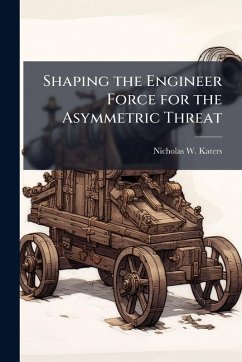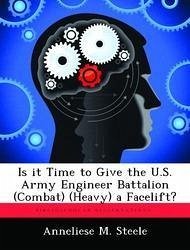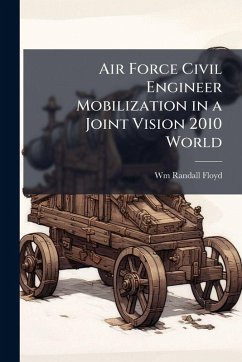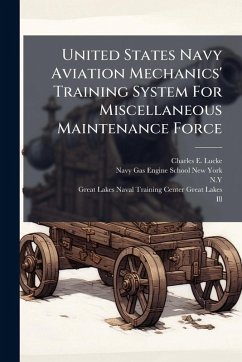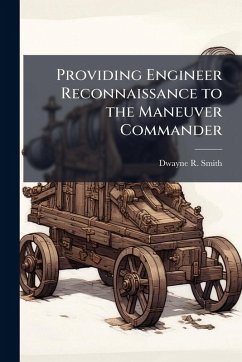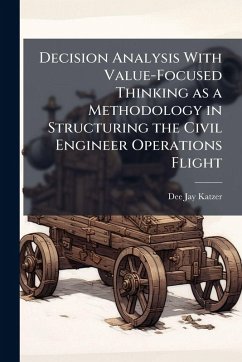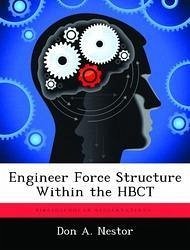
Engineer Force Structure Within the HBCT
Versandkostenfrei!
Versandfertig in über 4 Wochen
15,99 €
inkl. MwSt.

PAYBACK Punkte
8 °P sammeln!
The purpose of this monograph is to analyze the Heavy Brigade Combat Team's (HBCT) engineer force structure to answer the question: Does the HBCT have the necessary embedded engineer capabilities to conduct full spectrum operations, rapidly transitioning between stability and major combat operations. Operation Iraqi Freedom and the Hezbollah -- Israeli Conflict of 2006 illustrate the vast array of threats that the U.S. military faces in executing the Global War on Terror. These threats require the Army's primary tactical warfighting systems, the brigade combat teams (BCTs), to operate across t...
The purpose of this monograph is to analyze the Heavy Brigade Combat Team's (HBCT) engineer force structure to answer the question: Does the HBCT have the necessary embedded engineer capabilities to conduct full spectrum operations, rapidly transitioning between stability and major combat operations. Operation Iraqi Freedom and the Hezbollah -- Israeli Conflict of 2006 illustrate the vast array of threats that the U.S. military faces in executing the Global War on Terror. These threats require the Army's primary tactical warfighting systems, the brigade combat teams (BCTs), to operate across the full spectrum of conflict. The Army constructed the HBCT for optimization in open and mixed terrain against conventional and irregular threats; however its embedded engineer forces have been reduced from a battalion to a single company. One engineer company does not provide the capabilities required for the HBCT to execute full spectrum operations; consequently the HBCT must rely on engineer augmentation from the engineer force pool to execute specific operations. Systems theory and systemic perspectives provide valuable insight into the interrelationship of the HBCT's embedded units. The HBCT is greater than the sum of its individual parts. Subsequently, if one of the interrelated variables is unable to perform its battlefield functions then the HBCT is also unable to perform its battlefield functions. Operations Desert Shield, Desert Storm, and Iraqi Freedom provide valuable insight into the importance of embedding engineer capabilities in order to conduct combat operations, particularly major combat operations. Interviews from senior engineer commanders further highlight the Engineer Regiment's concerns with the modular BCT force structure. The HBCT's reliance on external engineer forces has created several issues and areas of concern. These issues include the contradictions to systemic thinking and perspectives, reduction in HBCT engineer capabilities, availability and This work has been selected by scholars as being culturally important, and is part of the knowledge base of civilization as we know it. This work was reproduced from the original artifact, and remains as true to the original work as possible. Therefore, you will see the original copyright references, library stamps (as most of these works have been housed in our most important libraries around the world), and other notations in the work. This work is in the public domain in the United States of America, and possibly other nations. Within the United States, you may freely copy and distribute this work, as no entity (individual or corporate) has a copyright on the body of the work. As a reproduction of a historical artifact, this work may contain missing or blurred pages, poor pictures, errant marks, etc. Scholars believe, and we concur, that this work is important enough to be preserved, reproduced, and made generally available to the public. We appreciate your support of the preservation process, and thank you for being an important part of keeping this knowledge alive and relevant.



